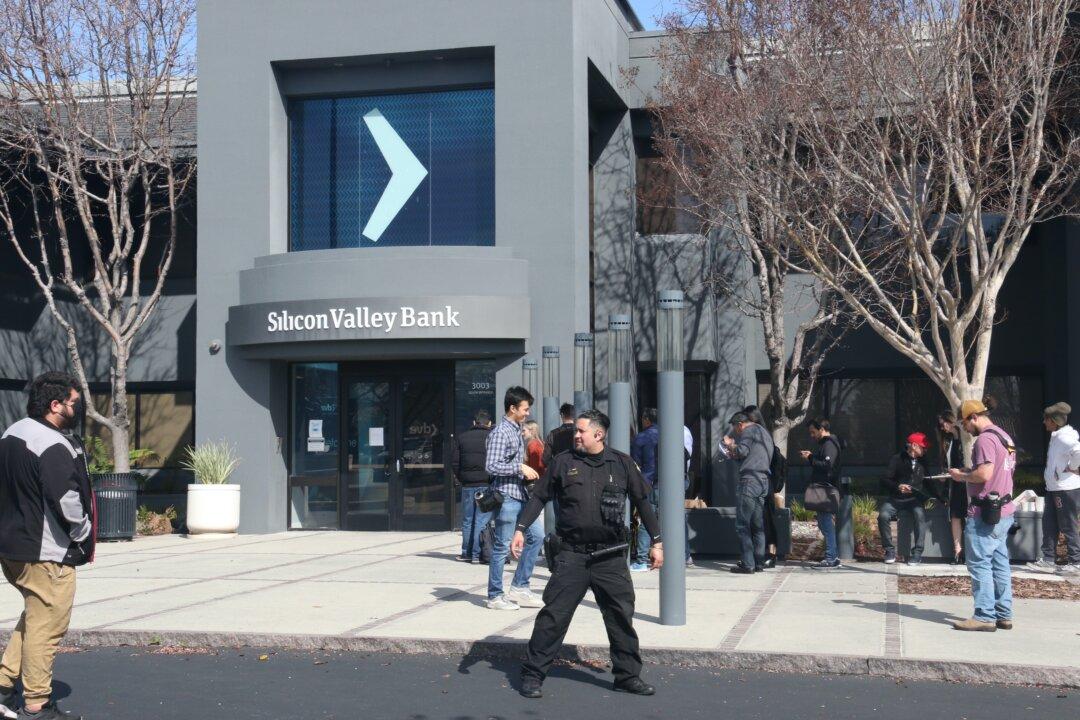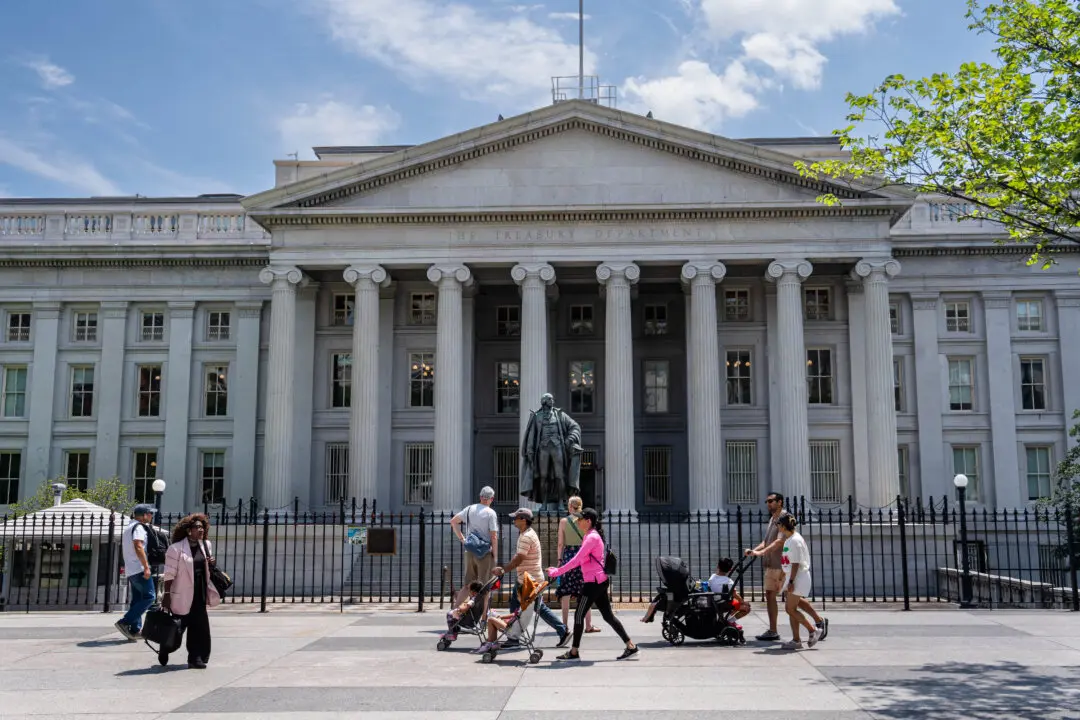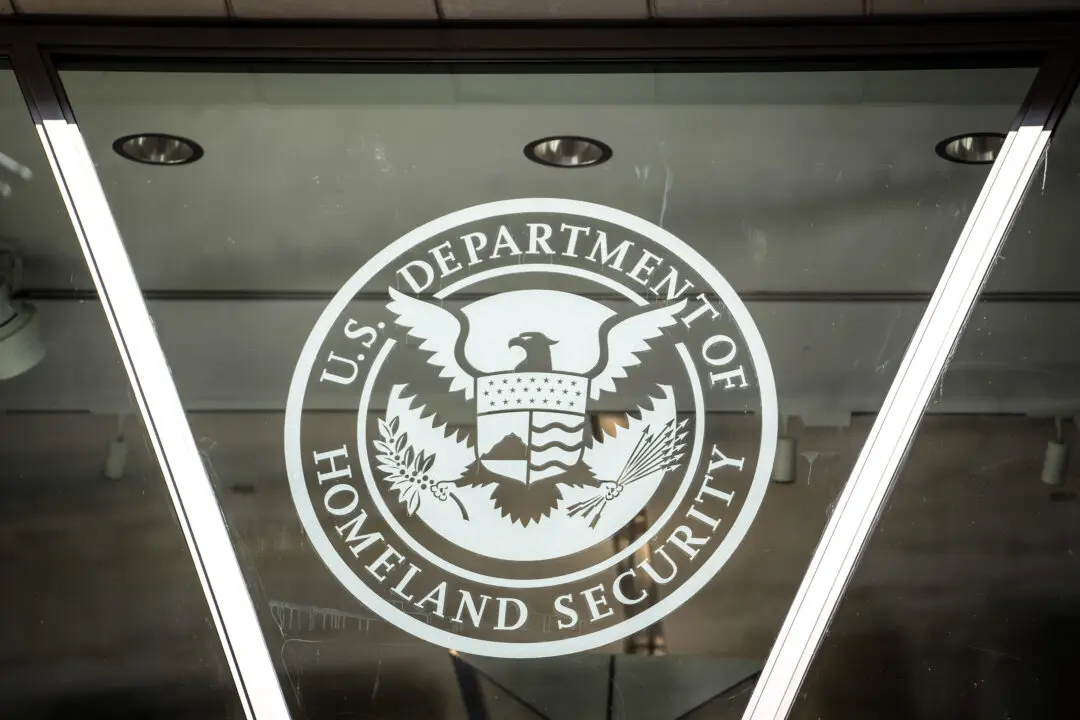The parent company of the collapsed Silicon Valley Bank (SVB) has filed for bankruptcy.
SVB Financial Group, which is no longer affiliated with SVB after the failed bank was taken over by the Federal Deposit Insurance Corporation (FDIC), said in a press release Friday that it has filed a petition for a court-supervised reorganization under Chapter 11.





